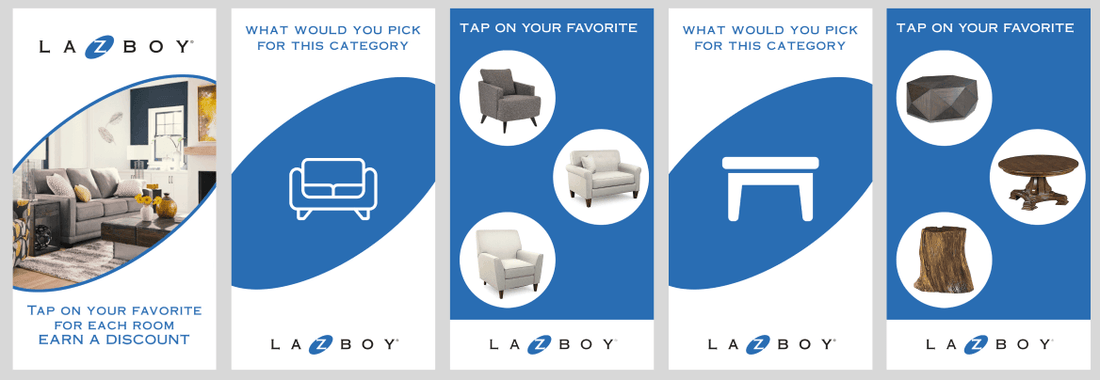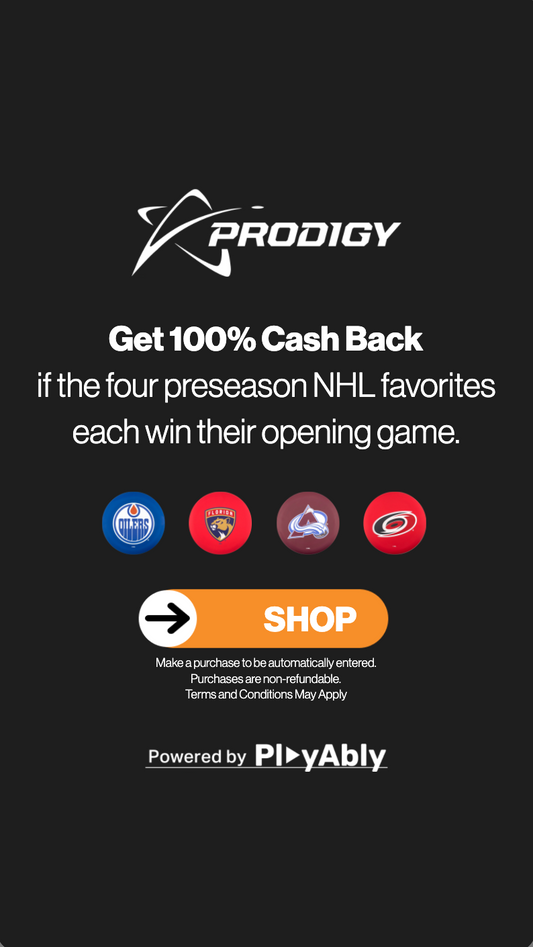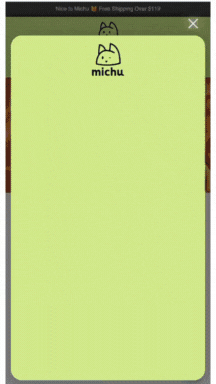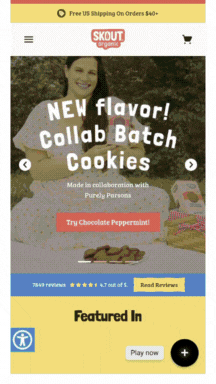Real-World Rewards in Online Retail: How to Drive Loyalty Through Gamification
Vintage Cars Customizable Game
Creating Customer Journeys Experiences in eCommerce with Gamification
Download The Guide
In the world of online retail, real-world rewards—like discounts, perks, and exclusive offers—serve as powerful motivators. When integrated into a gamified shopping experience, these rewards become even more compelling, turning ordinary purchases into exciting milestones. This guide explores how to use real-world rewards effectively in a gamified setting, enhancing customer loyalty and encouraging repeat engagement.
The Power of Real-World Rewards in eCommerce
Real-world rewards offer customers tangible benefits, from discounts to exclusive access to products or events. When rewards are integrated into a gamified loyalty program, they can deepen customer engagement by adding value to each interaction. Research shows that loyalty programs offering real-world benefits can boost repeat purchase rates by up to 20%, as customers feel directly rewarded for their loyalty.
Vintage Cars Customizable Game
Gamification and conversion optimization go hand in hand. While gamification keeps users engaged, conversion optimization ensures that engagement leads to action—whether that’s making a purchase.
Download The GuideStrategies for Incorporating Real-World Rewards into Gamified Experiences
1. Points-Based Rewards Redeemable for Discounts or Free Products
One of the most popular methods of gamifying real-world rewards is a points-based system where customers earn points for each purchase or interaction. These points accumulate and can be redeemed for discounts or free products, creating a loop that encourages repeat purchases.
This system is highly effective in retail, as it provides a clear, achievable path for customers to earn real-world rewards. Brands implementing points-based systems report increased repeat purchase rates, as customers feel incentivized to continue shopping to unlock rewards.
2. Tiered Membership Programs with Exclusive Perks
Tiered loyalty programs offer customers increasing levels of rewards and perks as they reach new loyalty thresholds. Each tier unlocks access to exclusive discounts, VIP customer service, or early product releases, encouraging customers to stay engaged and reach higher levels.
Customers who feel recognized for their loyalty are more likely to engage consistently with the brand. For example, offering exclusive early access to sales for higher-tier members creates a sense of exclusivity, enhancing loyalty and driving frequent engagement. Studies indicate that customers are 30% more likely to stay loyal to a brand that offers valuable tiered rewards.
3. Time-Sensitive Rewards to Boost Urgency
Limited-time rewards create urgency, motivating customers to act quickly. Gamified loyalty programs can offer time-bound rewards, like a 24-hour discount or a special offer for completing a challenge within a week. This approach taps into the psychological principle of scarcity, increasing engagement by encouraging customers to take immediate action.
For example, offering “Double Points” days or flash rewards for completing a purchase within a set timeframe can significantly boost engagement. Research shows that time-sensitive promotions can increase purchase likelihood by up to 27%, as they trigger quick decision-making.
4. Real-World Reward Milestones
Rewarding customers for reaching specific milestones is another effective way to gamify loyalty. For instance, customers who reach a spending milestone, such as $500 or $1,000, could receive a personalized gift or exclusive discount. These milestones add excitement to the shopping experience, turning regular purchases into achievements.
Customers who feel recognized for reaching these milestones are more likely to stay loyal. Data suggests that milestone-based rewards can increase average order value, as customers aim to reach the next goal and unlock additional perks.
5. Gamified Referral Bonuses with Tangible Rewards
Gamified referral programs incentivize customers to bring friends and family to the brand, creating a network effect that increases both loyalty and customer base. Offering tangible rewards—such as a discount or bonus points for each successful referral—adds motivation for customers to share the brand.
Referral programs with real-world rewards have proven effective, as they leverage both word-of-mouth and direct incentives. Customers acquired through referrals tend to have higher retention rates, and referral-based programs can drive customer acquisition while strengthening existing customer relationships.
Implementing Real-World Rewards: Best Practices
To ensure that real-world rewards are both valuable and engaging, brands should follow these best practices:
- Make Rewards Accessible Yet Valuable: Striking a balance between easy-to-reach rewards and high-value perks keeps customers motivated without overwhelming them. Rewards should feel attainable, but not so easy that they lose their value.
- Keep Rewards Relevant: Tailor rewards to match customer interests and preferences. Personalized rewards are 20% more effective in driving engagement, as customers feel they’re receiving something relevant to their shopping habits.
- Communicate Reward Opportunities: Regularly update customers on new rewards, upcoming milestones, or time-sensitive promotions through email, app notifications, or loyalty dashboards. Keeping customers informed ensures they don’t miss out on reward opportunities.
- Offer Flexibility in Rewards Redemption: Allow customers to choose how they redeem their rewards, whether through discounts, exclusive products, or event access. This flexibility increases the appeal of the loyalty program, as customers feel they have control over their rewards.
Measuring Success: Key Metrics for Real-World Rewards Programs
To track the effectiveness of real-world rewards in gamified loyalty programs, monitor the following metrics:
- Redemption Rate: The percentage of customers who redeem points or rewards, indicating the perceived value of the program.
- Repeat Purchase Rate: The rate at which customers return for additional purchases, reflecting program effectiveness in encouraging loyalty.
- Engagement Rate: The frequency of customer interactions with the loyalty program, showing how well rewards drive engagement.
- Average Order Value: The average spend per order, which can indicate whether rewards are encouraging larger purchases.
By analyzing these metrics, brands can identify which rewards are most appealing to customers and make data-driven adjustments to enhance program effectiveness.
Building Long-Term Loyalty with Real-World Rewards
Integrating real-world rewards into a gamified loyalty program can transform the online shopping experience, making each purchase more meaningful. By offering tangible benefits—such as discounts, perks, or exclusive access—brands can create a sense of accomplishment and appreciation that keeps customers coming back. When rewards are thoughtfully designed and personalized, they enhance customer satisfaction, foster loyalty, and encourage consistent engagement.
Real-world rewards provide customers with lasting value, transforming everyday shopping into a rewarding journey that builds a loyal, engaged customer base. With the right mix of reward strategies, brands can create a memorable, impactful loyalty program that resonates with customers and drives long-term growth.



